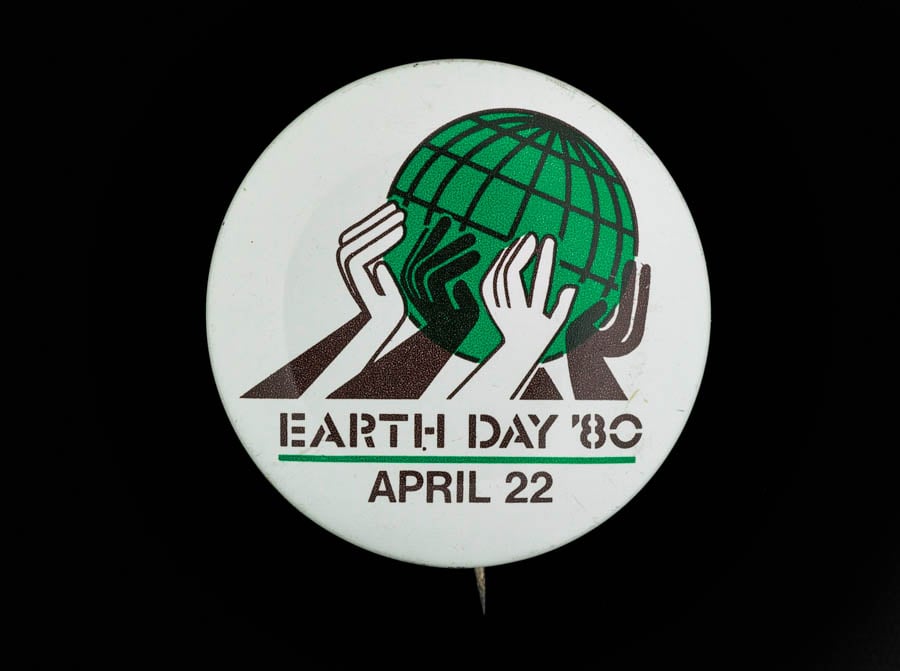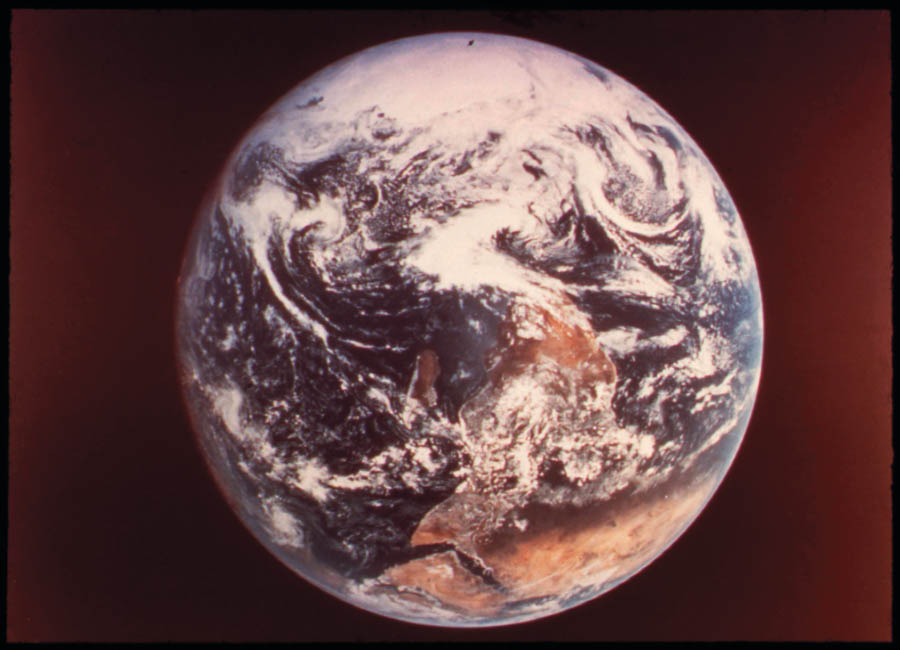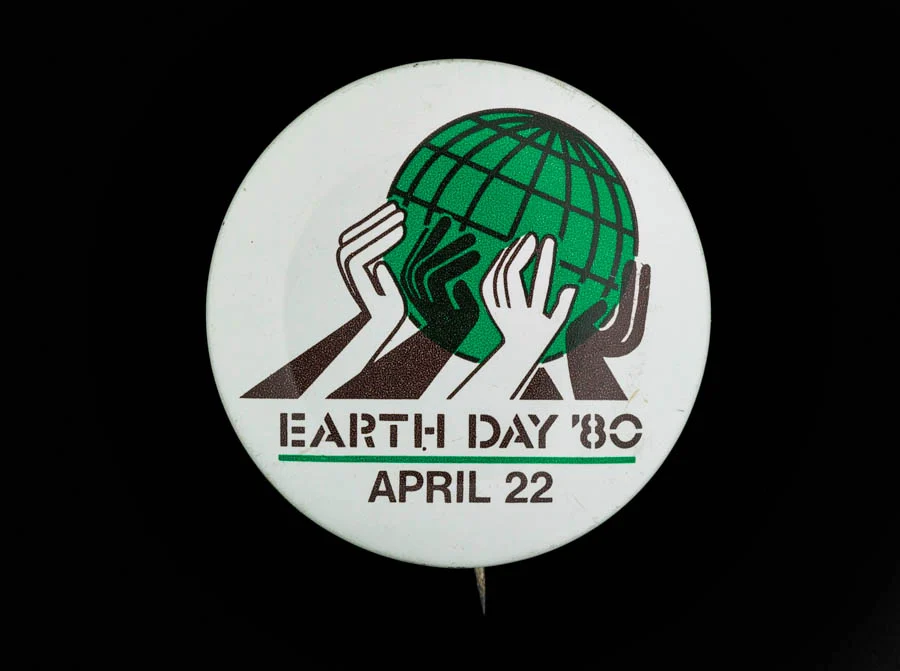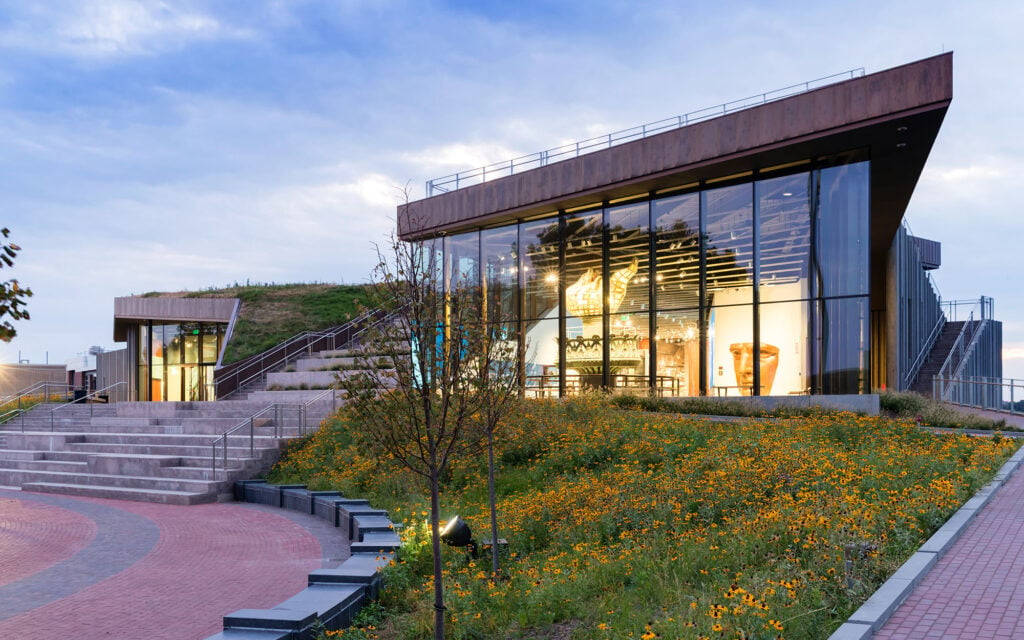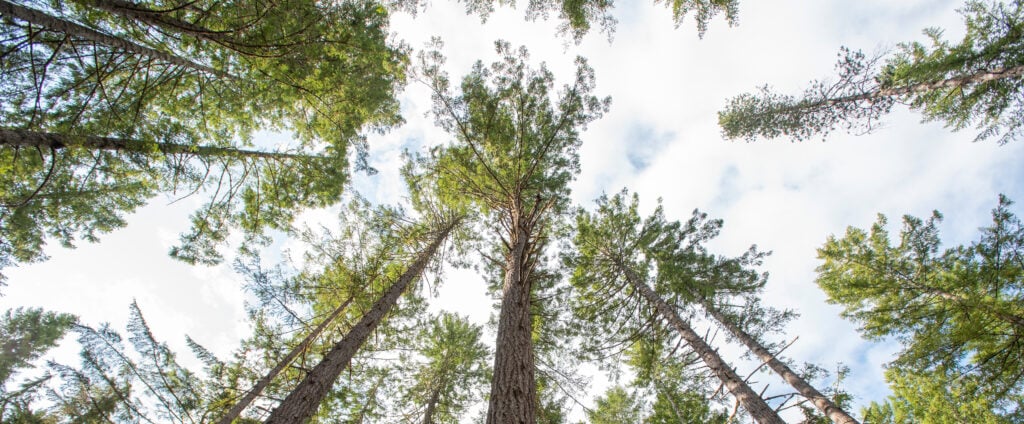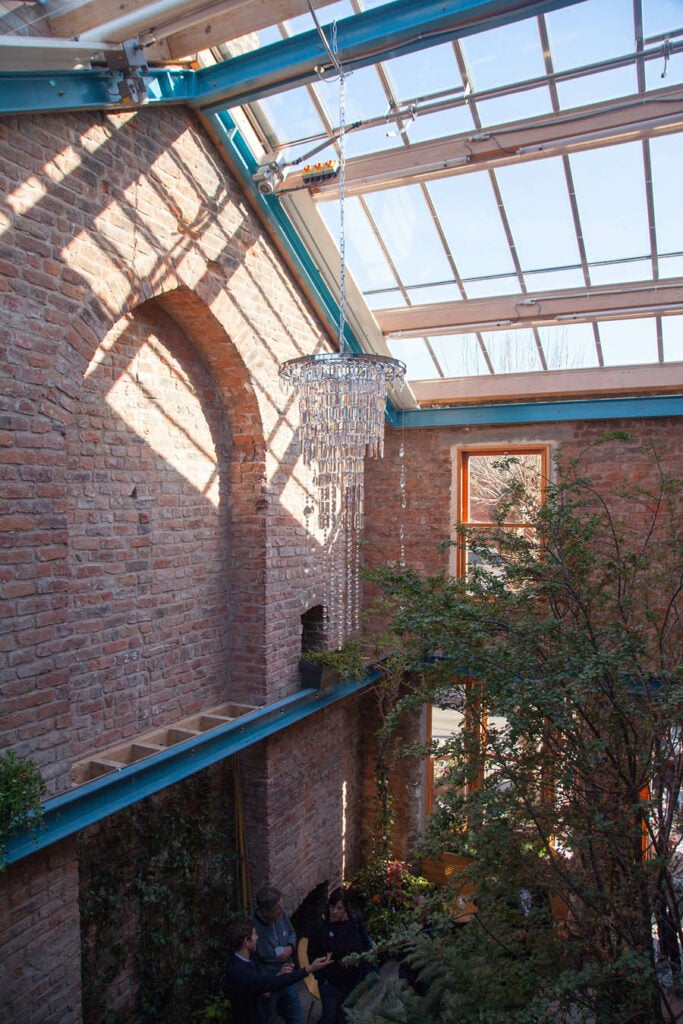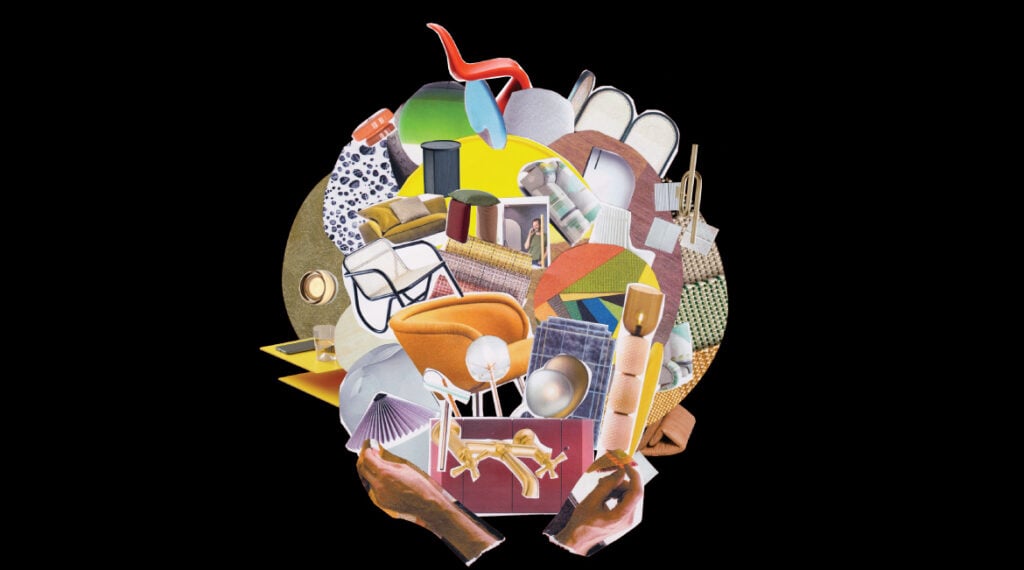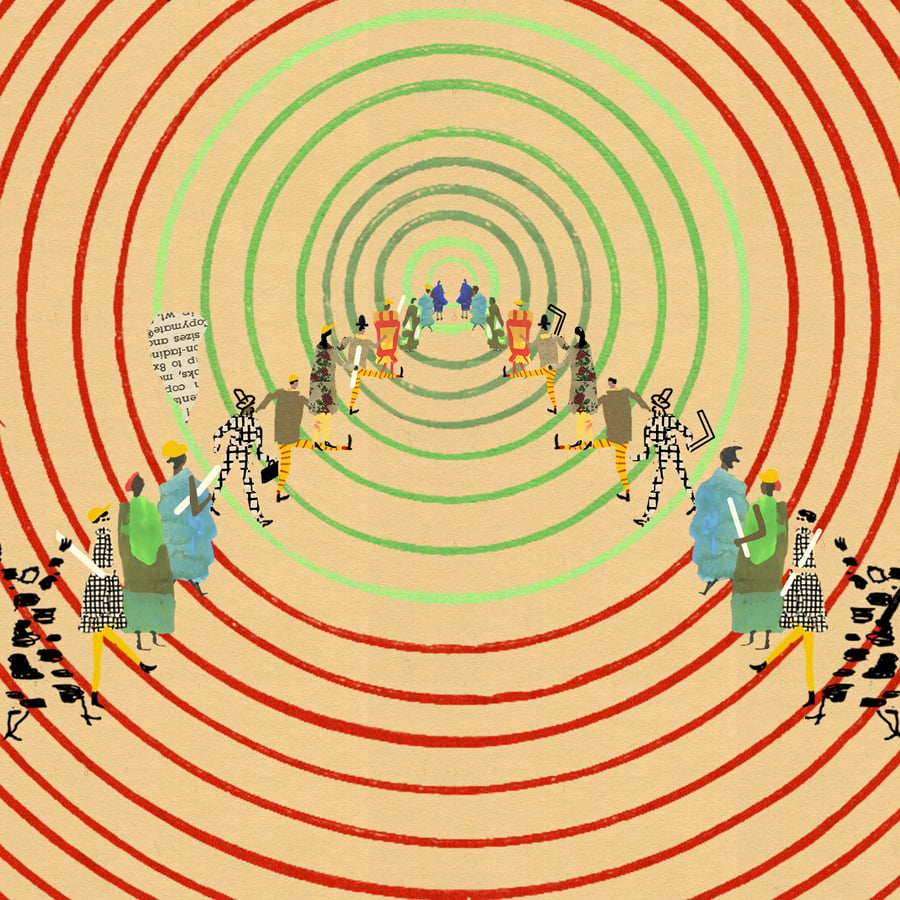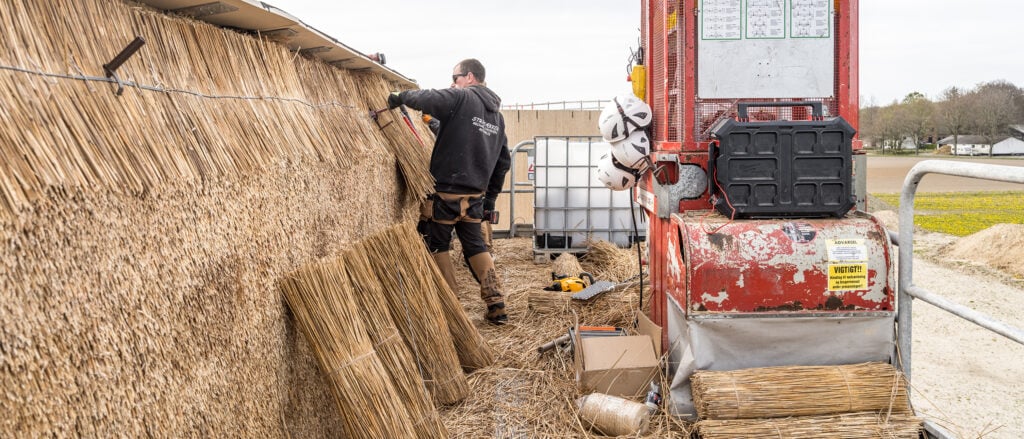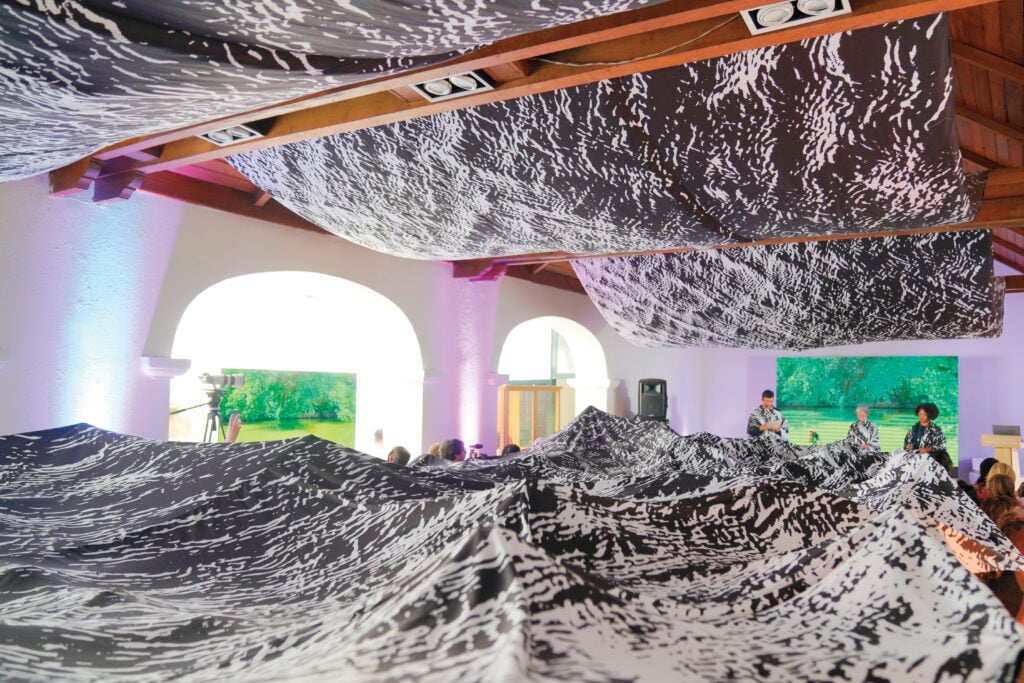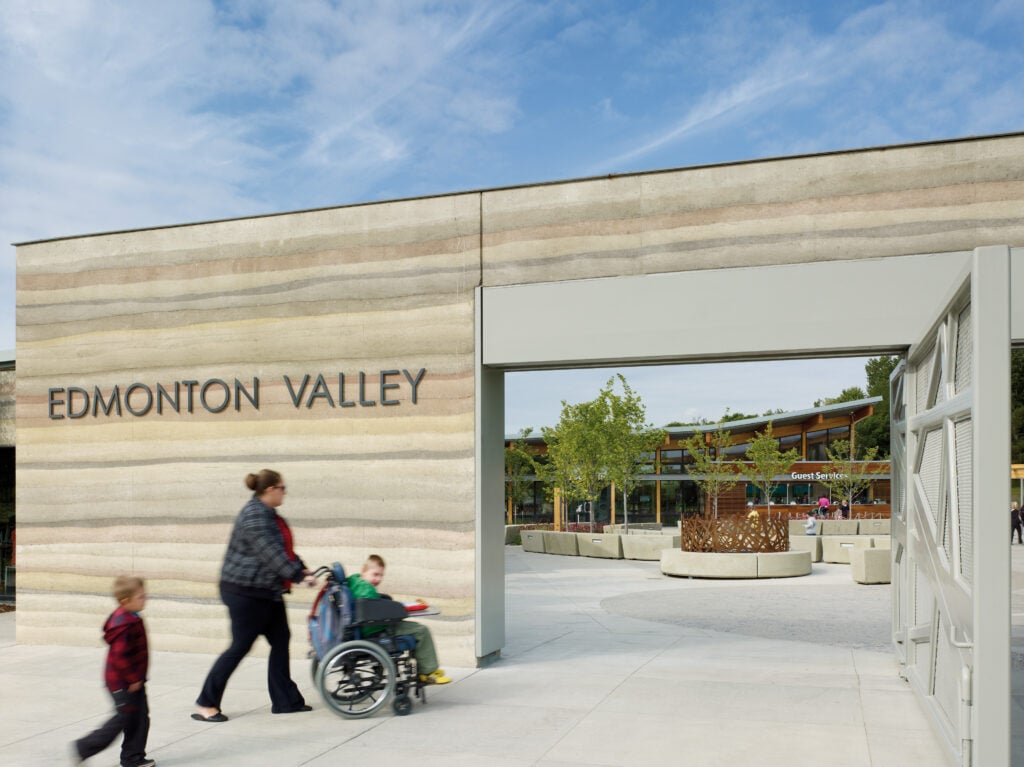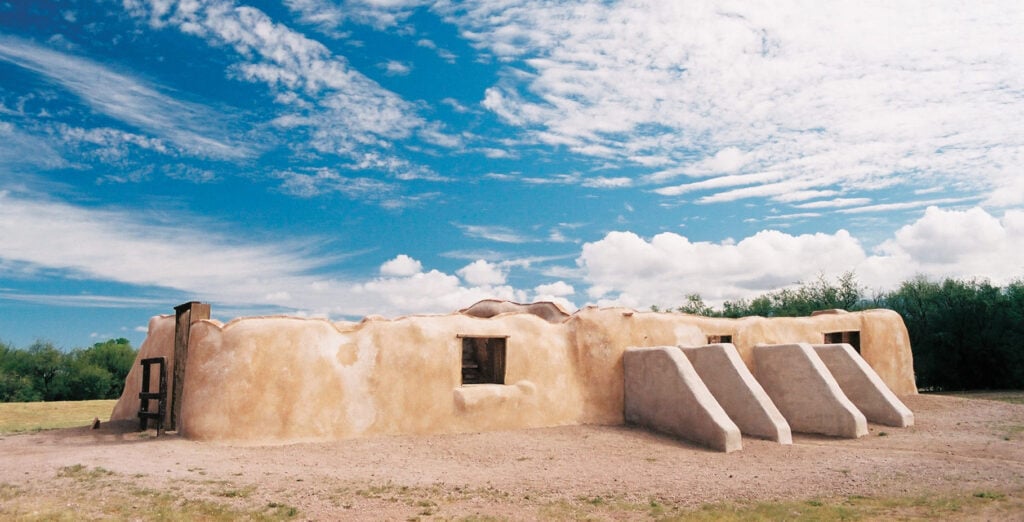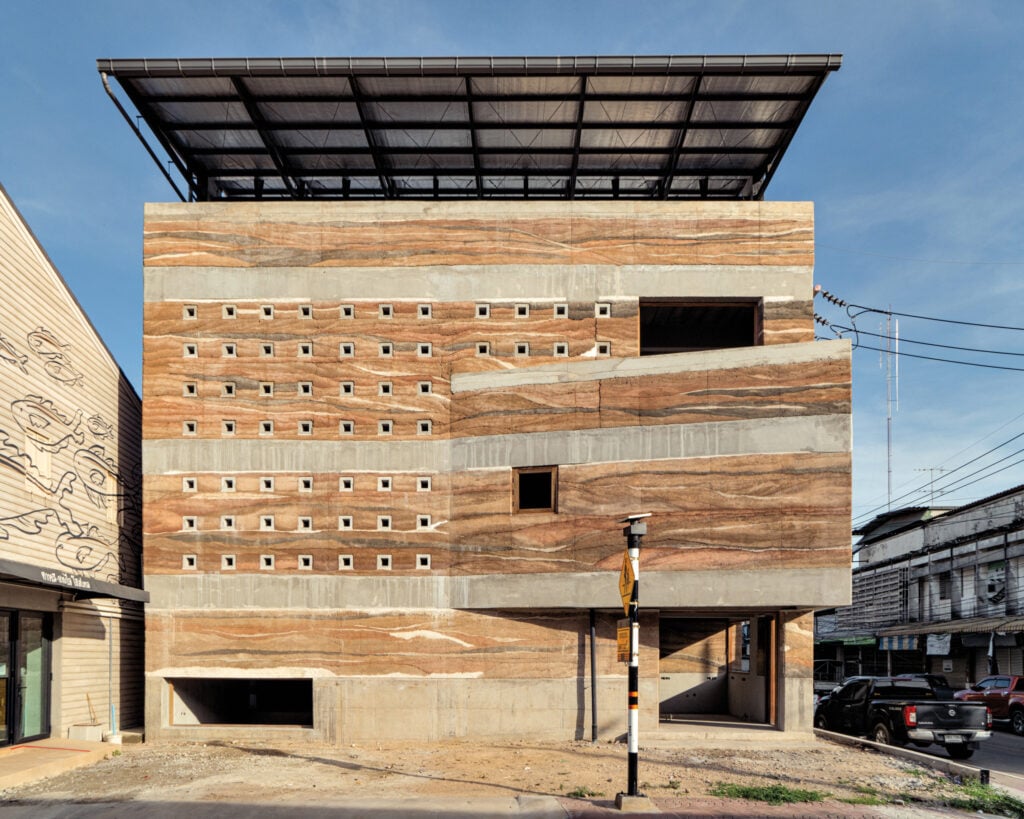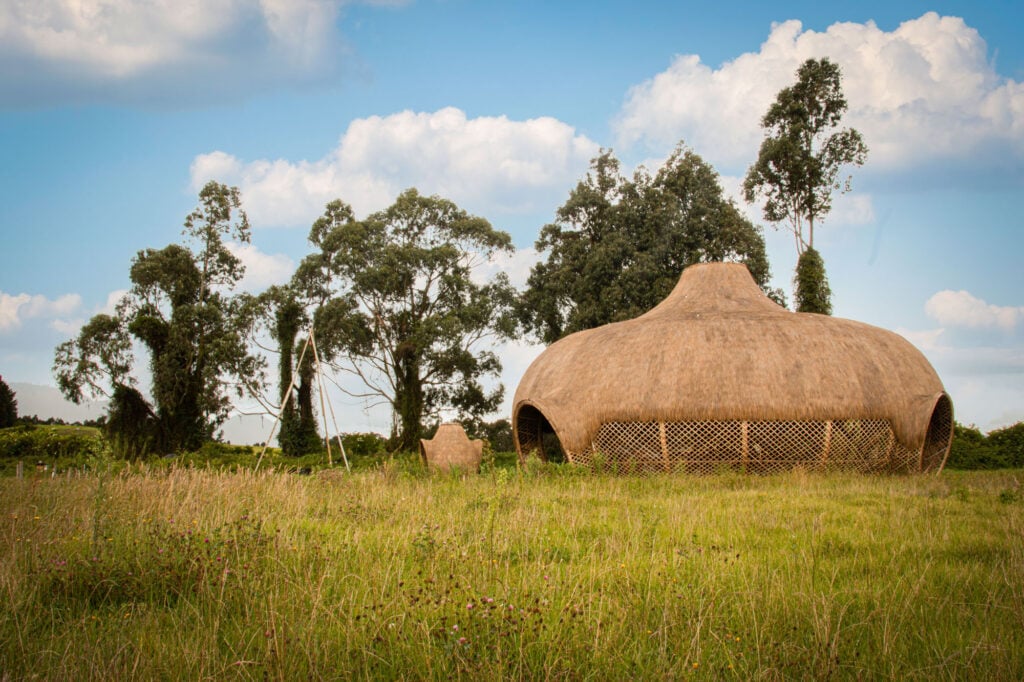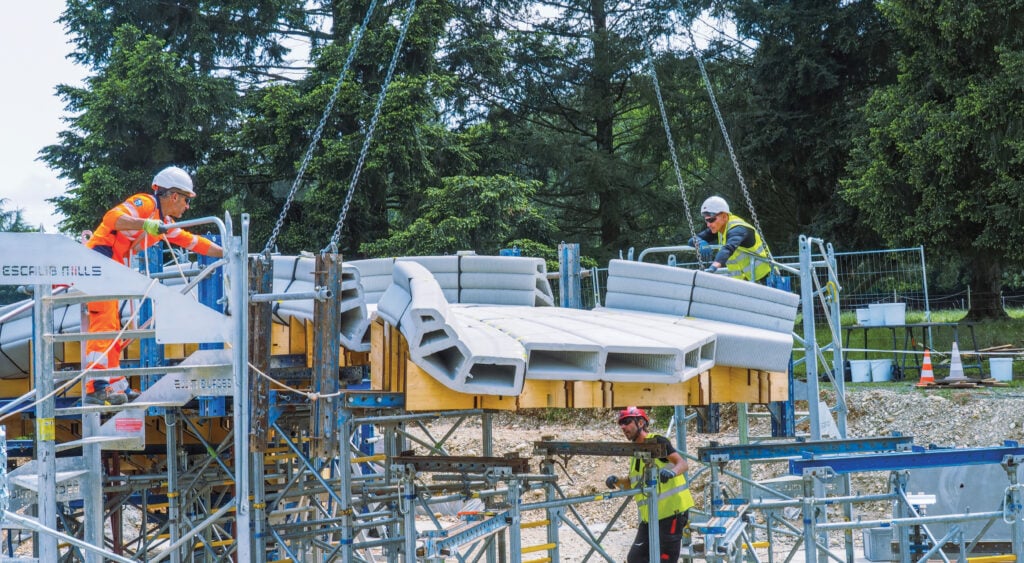
April 21, 2025
METROPOLIS Celebrates Earth Day 2025
Earth Day Archives
What is Earth Day? METROPOLIS delved into the archives to explore how the design community has reflected on Earth Day over the years. Revisiting these articles not only honors the past, but also offers insights into shaping a more sustainable future. In 2020, amid social distancing, we explored how the architecture and design community could stay engaged, educate others, and find inspiration. By 2021, we had entered a new era of climate-conscious design. In 2022, the focus shifted to addressing the role of architecture and furniture in reducing embodied carbon. And in 2023, we highlighted a renaissance in sustainable design—embracing both hyperlocal architecture and scalable climate solutions.
Start here to learn more about the basics of Earth Day:
Earth Day
Climate Change and The Built Environment
“What if our homes and workplaces were like trees, living organisms participating productively in their surroundings?” This thought-provoking question was posed by William McDonough and Michael Braungart in their 2002 essay “Buildings Like Trees, Cities Like Forests.” It’s a powerful concept that we think about as Earth Day is approaching: that human-made structures should function as seamlessly and sustainably as natural systems. In architecture, this vision is reflected in material choices and a deeper understanding of the environmental impact of design, especially in the pursuit of zero-carbon buildings. Resources like The Drawdown Review highlight the crucial role architects can play in scaling climate solutions. And perhaps the most radical—and impactful—idea of all? Build nothing new. Instead, reuse what already exists.
Learn more about architecture addressing climate change in the following articles:
Climate Change
Nature-Centered Design
As we celebrate Earth Day 2025, nature-centered design reminds us that the most sustainable solutions often emerge when we look to the natural world as our biophilic guide. Take, for instance, the widespread issue of bird collisions with glass—an urgent call to design buildings that are safe and supportive of surrounding wildlife. Exhibitions like those at the Triennale di Milano and the Cooper Hewitt Museum place nature at the forefront of design conversations. Architect and designer Julia Watson furthers this dialogue by advocating for the Symbiocene—an era focused on living in harmony with the Earth. In Latin and Central America, practices are designing with water as a central element, creating urban spaces that prioritize planetary wellbeing. Meanwhile, the documentary Biocentrics, challenges designers to return to the core principles of nature’s own innovations.
Read more about nature-centered design:
Nature
Building With Earth
On Earth Day, we’re reminded of the power of working with the planet—not against it. One of the oldest and most sustainable building materials available to us is quite literally beneath our feet. From rammed earth walls to adobe and clay plasters, building with earth offers a low-carbon, locally sourced alternative to conventional construction. Using bio-based materials not only reduces environmental impact but also creates structures that are naturally insulating, breathable, and deeply connected to place. In addition, architecture philanthropy platforms like re:arc institute are granting funds to organizations like Colombia’s Fundación Organizmo to educate on sustainable habits and construction techniques. As we face the climate crisis, returning to earth-based building solutions offers both ecological wisdom and timeless beauty.
Discover these articles about building closer to nature:
Earth Buildings
Conclusion
Earth Day is more than a symbolic date on the calendar—it’s a global reminder of our shared responsibility to care for the planet. The ideas and innovations highlighted in METROPOLIS’ coverage show that meaningful change is not only possible, but already in motion. From embracing nature-centered solutions, approaching architecture addressing climate change, shifting our viewpoint on sustainable policies and reworking how we build with nature, the path to a more sustainable future is being shaped by bold vision and collective effort. While Earth Day 2025 brings these conversations into focus, the work continues every day—and so must our commitment.
Would you like to comment on this article? Send your thoughts to: [email protected]
Other Guides from METROPOLIS
Viewpoints
How Construction Materials and Technologies Are Evolving
Follow METROPOLIS’s most compelling coverage of construction materials and technologies, from next-gen concrete to circular design.
Viewpoints
How Far Has 3D-Printed Architecture Come?
METROPOLIS tracks the development of 3D-printed buildings, and how they promises to revolutionize speed and sustainability in construction.
Viewpoints
32 Adaptive Reuse Projects for a Better Future
Through decades of coverage, METROPOLIS rounds up the best adaptive reuse stories and projects from around the globe.



